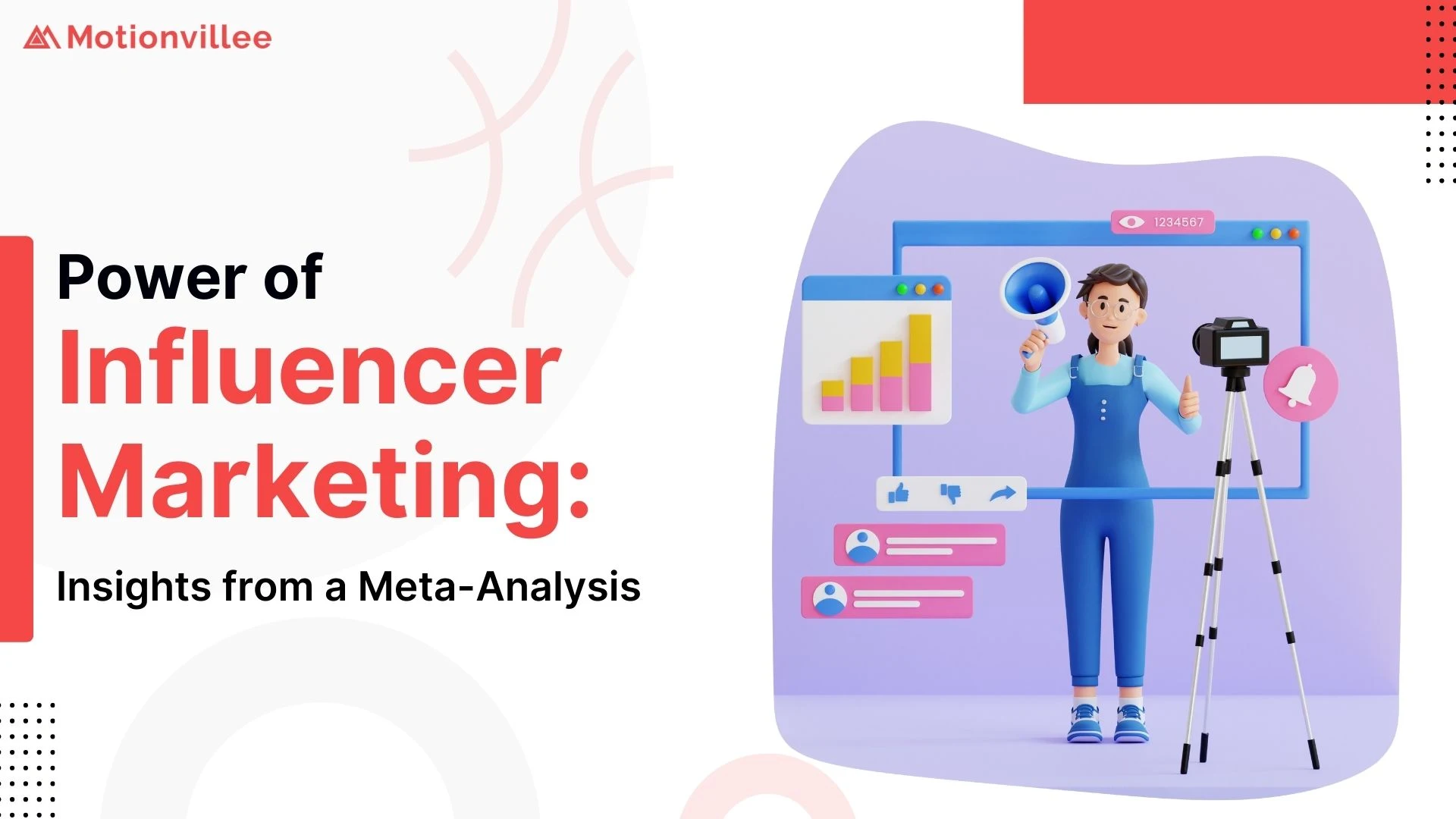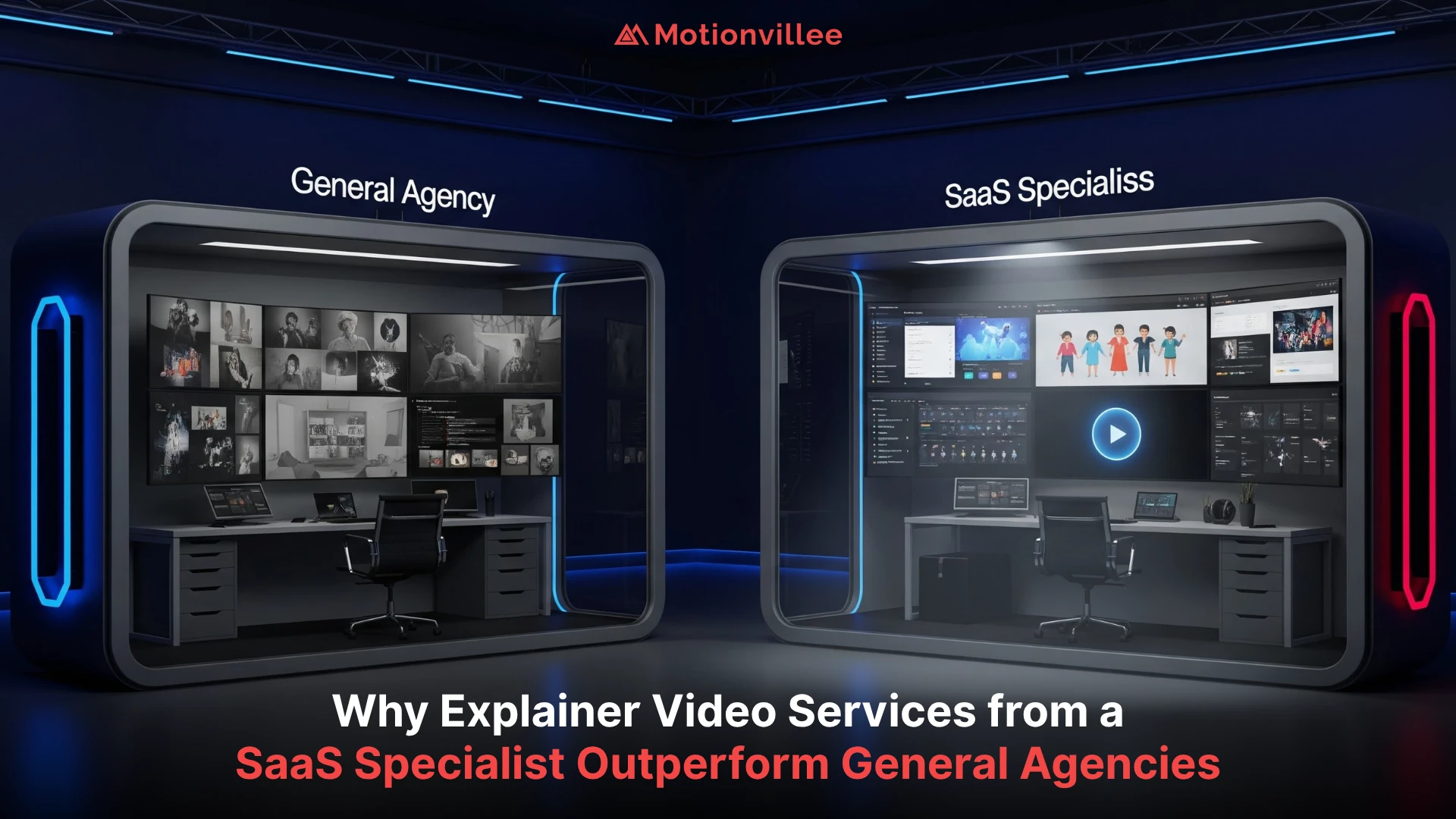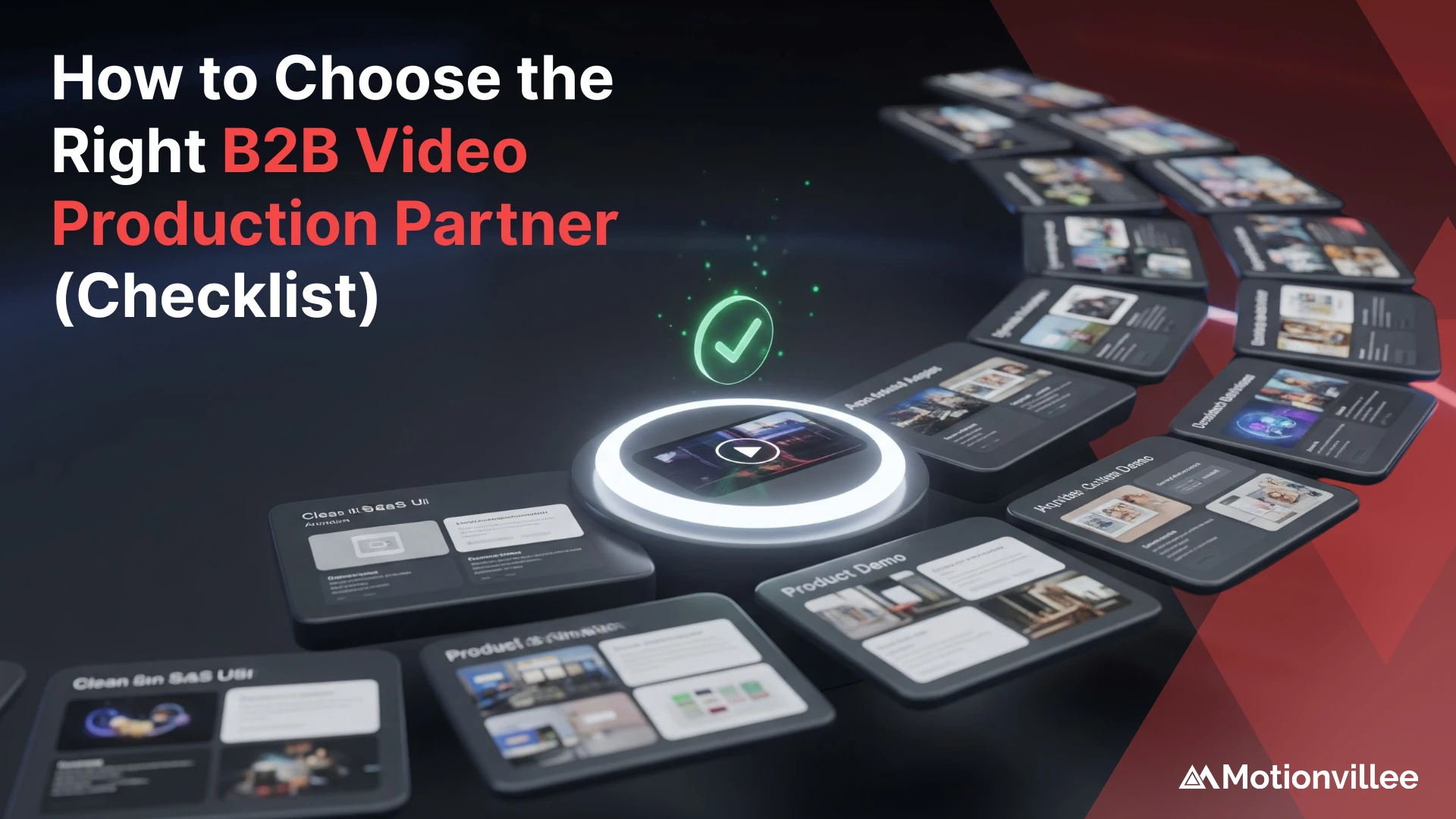Over the past ten years, influencer marketing has become one of the most important trends in the field of marketing. Influencers on social media are being used by businesses more and more to market their goods and services. The goal of these product-based businesses is to capitalize on the influencer’s existing audience engagement and trust.
The broad use of this marketing tactic has brought up some significant concerns about its efficacy. Many analysts believe it doesn’t produce measurable business results.
By combining data, a thorough meta-analysis is conducted to answer these issues and offer insightful information. Based on several variables, such as the kind of influencer, the marketing goals, and the promotion medium, the study assesses the efficacy of influencer marketing.
Understanding Influencer Marketing
Influencer marketing describes the collaboration with those who have built a strong audience on social media through their social media video content. Companies with a similar targeted audience collaborate with these influencers
Influencers can be classified according to their engagement, reach and expertise within their niches. It ranges from macro-influencers with millions of followers, to micro-influencers with a small but a large and highly engaging fan base.
Influencer marketing’s power is its capability to draw influencers’ authenticity as well as their relatability and connections with their followers. The move towards influencer-based marketing is a reflection of a larger shift in the way consumers behave, especially when it comes to how they interact in ad campaigns.
The traditional forms of advertisement like television and printed media have become less effective since people are increasingly turning towards digital platforms and social media to find information and advice.
According to studies, customers believe in the opinions of social media influencers over traditional ads and this makes the use of influencer marketing an extremely popular strategy for businesses. It can establish confidence and credibility with their messages.
The Role of Meta-Analysis in Evaluating Marketing Effectiveness
Meta-analysis is a statistical technique that aggregates and synthesizes findings from multiple studies to draw overarching conclusions about a particular phenomenon. This method is particularly useful when there is a large body of research but no clear consensus regarding the effects of a marketing tactic or strategy. In the case of influencer marketing, a meta-analysis can consolidate findings from various studies that examine different aspects of influencer marketing effectiveness, including engagement rates, conversion rates, brand recall, and sales performance. By pooling data across studies, meta-analysis offers a more comprehensive understanding of the impact of influencer marketing than individual studies alone.
Key Findings from the Meta-Analysis
A meta-analysis of influencer marketing typically examines several key dimensions to assess its effectiveness. These include:
Influencer Type and Characteristics
Influencers can be broadly categorized into micro-influencers, macro-influencers, and celebrities. The effectiveness of influencer marketing is often influenced by the size of the influencer’s audience, their credibility, and their relationship with their followers.
Research suggests that micro-influencers, despite having fewer followers, tend to have higher engagement rates and more authentic connections with their audience, which often translates to better results for brands. However, macro-influencers and celebrities may offer broader reach and higher visibility, making them effective for large-scale brand awareness campaigns.
Marketing Objectives
Influencer marketing can be used to achieve various objectives, including brand awareness, lead generation, product launches, and customer engagement.
Studies show that influencer marketing is particularly effective for brand awareness campaigns, where the goal is to increase visibility and recognition. When used for direct sales, however, the effectiveness of influencer marketing can be more variable. While some studies indicate a strong link between influencer endorsements and sales, others suggest that influencer marketing may be more effective in driving website traffic and generating leads rather than immediate conversions.
Medium of Promotion
Influencer marketing can take place on various digital platforms, including Instagram, YouTube, TikTok, Twitter, and blogs. The effectiveness of influencer marketing varies by platform.
Instagram and TikTok, with their highly visual and interactive nature, tend to produce higher engagement rates for influencer campaigns, while YouTube is particularly effective for longer-form content and product reviews.
The choice of platform also depends on the target demographic and the type of product being marketed. For example, beauty and fashion products perform well on Instagram, while tech products may be better suited for YouTube reviews.
Engagement Metrics
Engagement metrics, such as likes, comments, shares, and overall interaction with influencer content, are crucial indicators of the effectiveness of influencer marketing.
Studies consistently show that high engagement rates correlate with more effective influencer campaigns. However, it’s important to note that engagement does not always translate to direct sales. This is because the impact of engagement can vary depending on the strength of the influencer’s call to action, the relevance of the product to their audience, and the overall quality of the campaign.
Consumer Trust and Authenticity
One of the key drivers behind the effectiveness of influencer marketing is the trust that followers place in influencers. Influencers are often seen as more relatable and authentic compared to traditional advertisers, which makes their endorsements more persuasive.
The meta-analysis highlights the importance of authenticity in influencer marketing. If an influencer is perceived as endorsing a product purely for financial gain, their credibility and the effectiveness of the campaign can be diminished. Consumers are more likely to respond positively to influencer marketing when they believe the influencer genuinely believes in the product or service they are promoting.
Influencer Marketing and Consumer Behavior
The meta-analysis also reveals how influencer marketing influences consumer behavior. Influencers are often able to create a sense of community and belonging among their followers, which can drive purchase intent. Consumers who feel personally connected to an influencer are more likely to trust their recommendations and consider purchasing products endorsed by them. Furthermore, influencers often provide social proof—demonstrating that a product or service is popular or effective—further encouraging followers to make a purchase.
Another significant factor in consumer behavior is the emotional appeal of influencer marketing. Influencers frequently tell personal stories or share experiences that resonate with their audience, which can create a stronger emotional connection to the brand. This emotional resonance can have a lasting effect on consumers, influencing not just immediate purchasing decisions, but also long-term brand loyalty.
Challenges and Limitations of Influencer Marketing
While the meta-analysis highlights the effectiveness of influencer marketing, it also sheds light on some challenges and limitations of this strategy. One of the main issues is the potential for influencer fraud, including the purchase of fake followers or engagement. Fraudulent activity undermines the credibility of influencer marketing and can lead to wasted marketing spend. Brands must carefully vet influencers to ensure they are authentic and engage with a real audience.
Another challenge is the saturation of influencer marketing. As more brands adopt this strategy, the effectiveness of influencer marketing may decrease as consumers become overwhelmed with sponsored content. To overcome this, brands must focus on building long-term partnerships with influencers who align with their values and message, rather than relying on one-off campaigns.
Additionally, the effectiveness of influencer marketing can vary based on the industry and type of product being promoted. For example, influencer marketing may be more effective for lifestyle and beauty products, but less so for B2B services or high-involvement products that require more in-depth research and consideration.
Conclusion
Influencer marketing has proven to be a highly effective strategy in digital marketing, offering businesses the opportunity to tap into the trust, authenticity, and engagement that influencers share with their followers. The meta-analysis reveals that influencer marketing is particularly effective for brand awareness campaigns, driving high engagement rates and fostering trust between brands and consumers. The type of influencer, marketing objectives, platform choice, and authenticity all play crucial roles in determining the success of an influencer marketing campaign. However, the strategy is not without its challenges, including influencer fraud and market saturation. To maximize the effectiveness of influencer marketing, brands must carefully select influencers, foster genuine relationships, and craft authentic campaigns that resonate with their target audience. As the digital marketing landscape continues to evolve, influencer marketing will likely remain a central component of many successful marketing strategies.







